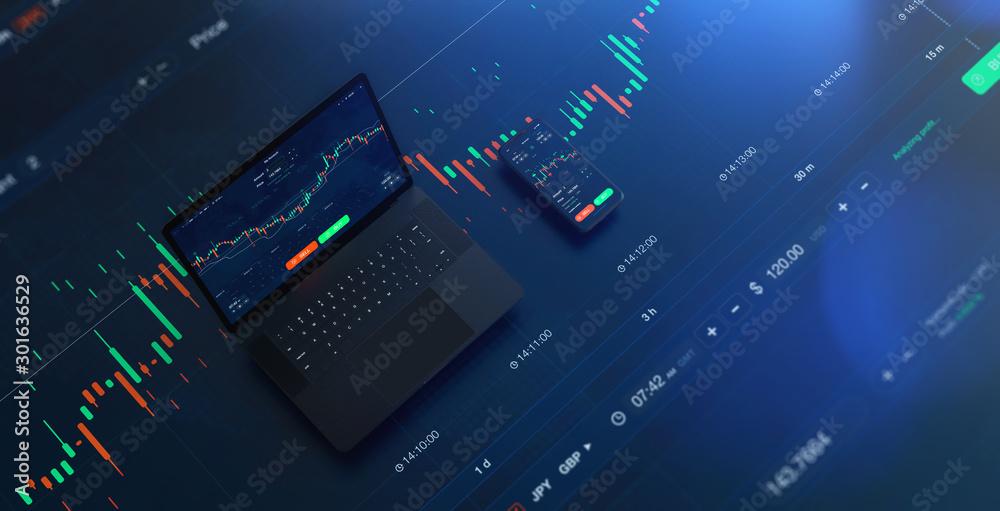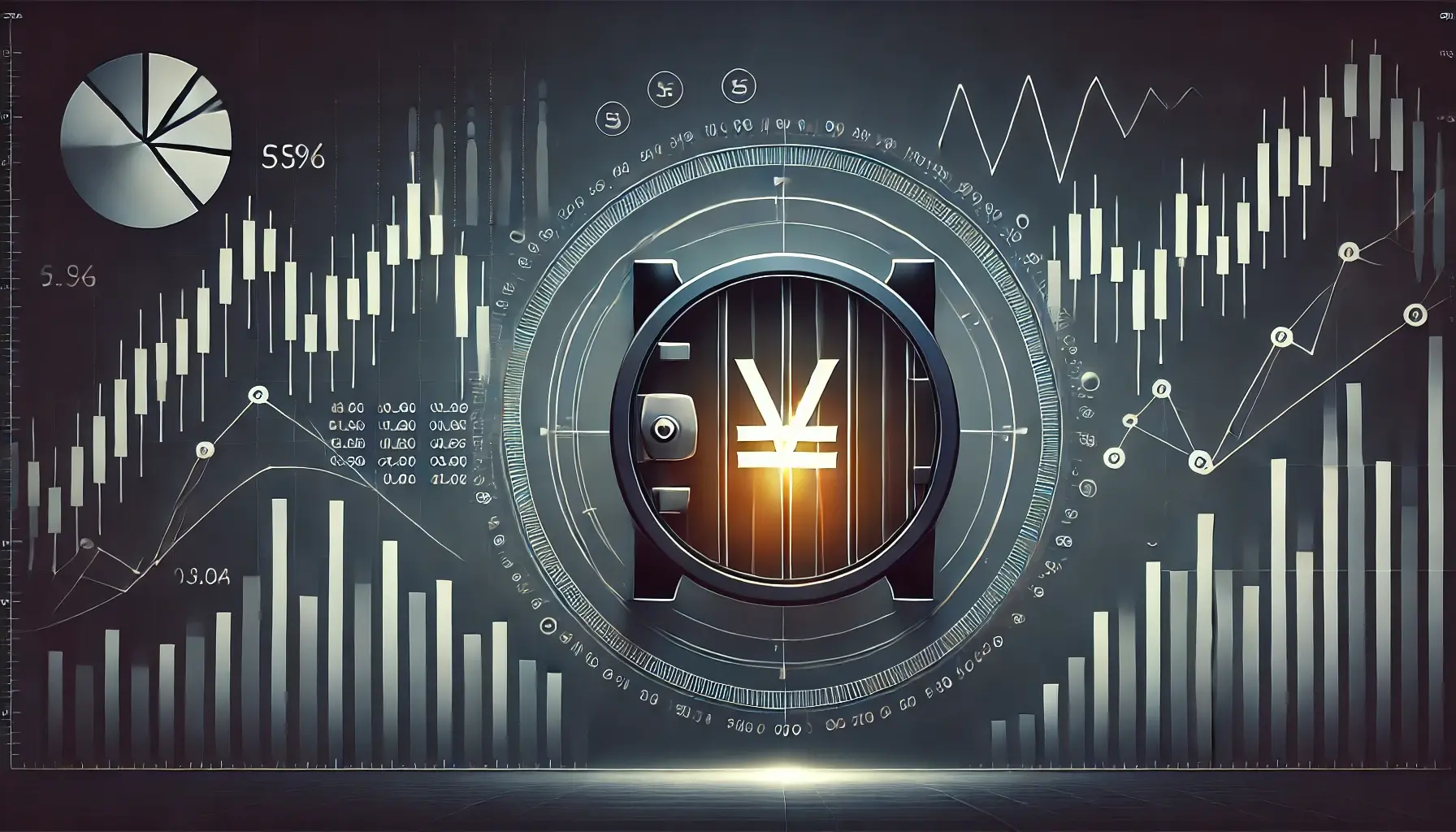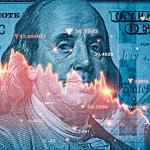Forex trading, or foreign exchange trading, is one of the largest financial markets in the world, with trillions of dollars traded daily. For beginners, understanding the forex market can seem daunting. This guide will walk you through the basics, key concepts, and essential tips to help you start your forex trading journey successfully.
What is Forex Trading? Forex trading involves the exchange of one currency for another with the goal of profiting from fluctuations in exchange rates. This dynamic market operates 24 hours a day, five days a week, enabling traders from all around the globe to participate at their convenience. Unlike the stock market, forex trading does not have a centralized exchange; instead, it operates through a network of banks, brokers, and electronic trading platforms.
The forex market is driven by factors such as economic data, geopolitical events, and central bank policies. For example, a country's interest rate decisions or trade balance can significantly influence its currency value. This interconnectedness makes forex trading an exciting yet complex venture for new traders.
Understanding Currency Pairs: The forex market revolves around currency pairs. A currency pair, such as EUR/USD (Euro/US Dollar), consists of a base currency (the first currency) and a quote currency (the second currency). The exchange rate indicates how much of the quote currency is needed to purchase one unit of the base currency. For instance, if EUR/USD is trading at 1.1000, it means 1 Euro can be exchanged for 1.10 US Dollars.
Traders speculate on whether the base currency will strengthen or weaken against the quote currency. This speculation requires a deep understanding of global economic conditions and market trends.
The Role of Pips and Spreads: In forex trading, price movements are measured in "pips," which stand for "percentage in point." A pip typically represents the smallest price movement in a currency pair, often 0.0001 for most pairs. For instance, if EUR/USD moves from 1.1000 to 1.1005, it has increased by 5 pips.
The spread, on the other hand, is the difference between the bid price (the price at which you can sell) and the ask price (the price at which you can buy). This spread represents the broker’s commission and can vary depending on market conditions and the broker's policies.
Leverage and Margin in Forex Trading: Leverage allows traders to control a larger position size with a smaller amount of capital. For example, a leverage ratio of 50:1 means that for every $1 of capital, a trader can control $50 in the market. While leverage amplifies potential profits, it also increases the risk of significant losses. Margin is the collateral that a trader needs to deposit to open and maintain a leveraged position.
Understanding the balance between leverage and risk is crucial for long-term success in forex trading. Excessive use of leverage can lead to rapid account depletion, especially during volatile market conditions.
Getting Started in Forex Trading: Beginners should start their forex journey by choosing a reputable broker. A good broker will provide a user-friendly trading platform, competitive spreads, and robust customer support. It's essential to verify that the broker is regulated by recognized financial authorities to ensure the safety of your funds.
Using a demo account is highly recommended for new traders. A demo account allows you to practice trading with virtual money, providing an opportunity to familiarize yourself with the market and test strategies without financial risk. This practice phase is invaluable for building confidence and understanding market dynamics.
Education is another critical component of successful forex trading. Traders should invest time in learning both fundamental and technical analysis. Fundamental analysis involves studying economic indicators, such as GDP growth, employment rates, and central bank policies, to forecast currency movements. Technical analysis, on the other hand, focuses on charts and indicators to identify patterns and trends in price behavior.
Developing a comprehensive trading plan is essential. A trading plan outlines your financial goals, risk tolerance, and strategies for entering and exiting trades. It also includes rules for risk management, such as setting stop-loss and take-profit levels to protect your capital.
Conclusion: Forex trading offers immense opportunities for financial growth, but it requires knowledge, discipline, and patience. Beginners can navigate this market effectively by building a strong foundation, practicing diligently, and continuously improving their skills. Remember, successful trading is not about quick riches but about consistent learning and adaptation. By following these guidelines, you can embark on a rewarding forex trading journey and work toward achieving your financial aspirations.








